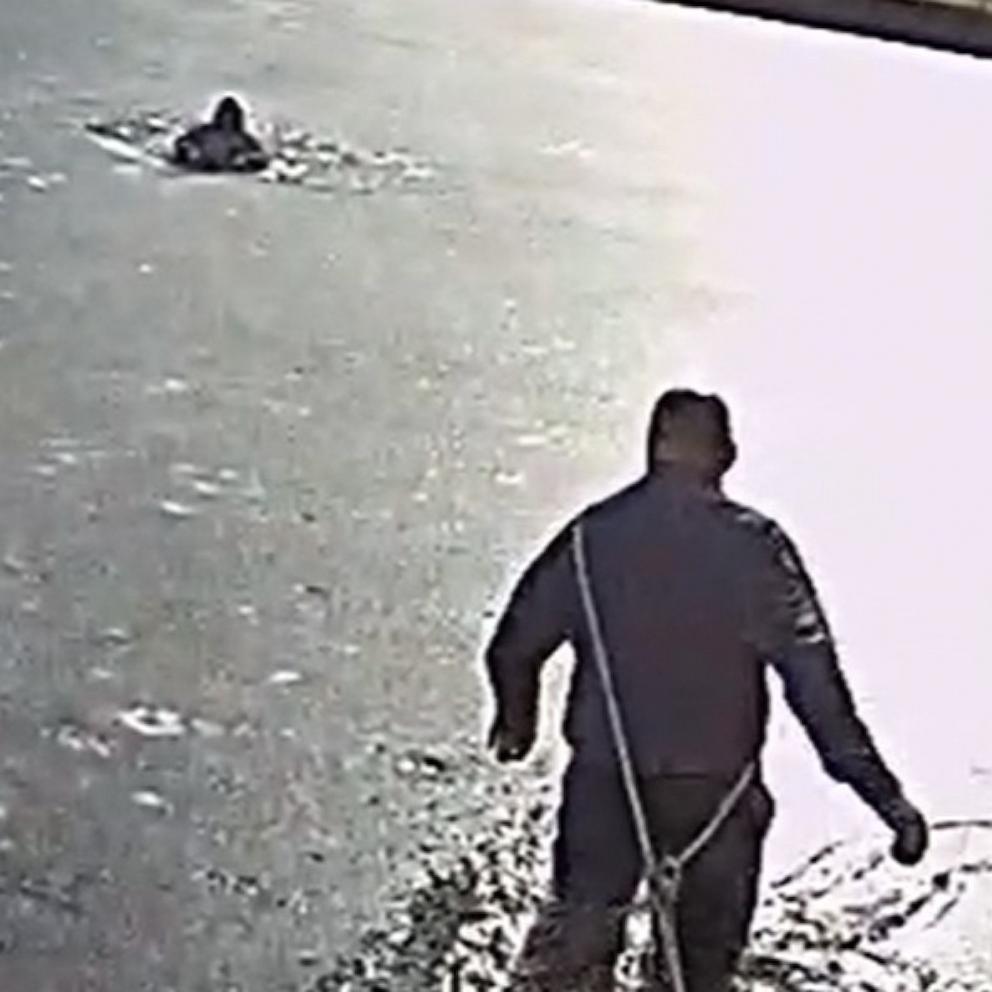Georgia high school shooting spotlights panic alert system: 'Probably saved a lot of lives'
The deadly shooting Wednesday at a high school in Georgia has drawn attention to the school's use of a panic button system to alert the threat.
Two students and two teachers were killed when the alleged 14-year-old suspect opened fire at Apalachee High School in Winder, authorities said. Nine others were also injured, the Georgia Bureau of Investigation said.
The suspect -- 14-year-old Colt Gray, a student at Apalachee High School -- was encountered by three school resource officers and immediately surrendered, according to Barrow County Sheriff Jud Smith. He was taken into custody at 10:30 a.m. ET, seven minutes after the initial service call went out, according to the Barrow County Sheriff's Office, which employs the school resource officers.
Gray has been charged with four counts of felony murder in connection to the shooting, with additional charges expected, the GBI said. He is being charged as an adult.
Smith said all teachers at the school have an ID made by the safety technology company CENTEGIX wherein they can press a button to alert an "active situation." The button was pressed during the active shooting situation on Wednesday and the school resource officers began "actively looking," he said.
"When this shooting began, they interacted with the shooter, Mr. Gray, and as soon as they made contact with him, he gave up immediately," Smith said.
The teachers have had the badges for about a week, he said. Aug. 1 was the first day of classes at Apalachee High School.

CENTEGIX CEO Brent Cobb told ABC News that multiple individuals alerted a lockdown situation on Wednesday.
The tragedy hits close to home for the Atlanta-based company: Winder is about 45 miles outside of Atlanta.
Cobb called the students, teachers and emergency personnel "heroes" in how they responded to the shooting.
"We've seen descriptions of how they've used the platform, and we hope and believe that it had a positive impact in the face of a very tragic circumstance," Cobb told ABC News.
The company said its discreet technology "accelerates emergency response by minimizing the time to identify, notify, and respond to an emergency." The badges, which users tend to keep with their staff IDs, have two alerts -- one to notify administrators to incidents like student altercations and medical emergencies, and a second to issue a campus-wide "lockdown" alert for extreme situations that also notifies 911 dispatch, according to its website. A vibration tailored to the type of alert, as well as an LED, would go off confirming that the signal has been transmitted. The badge would also indicate where exactly the user is on campus for responders.
Most alerts are for "everyday emergencies," such as behavior or medical incidents, which represented more than 98% of alerts analyzed during fall 2022, CENTEGIX found.
Pressing the button on the badge three times contacts administrators, while pressing eight times triggers the lockdown request -- which then also typically sets off strobing lights, messages on computer displays and a pre-recorded intercom message instructing the school community what to do, Cobb said.
"Having those multi-sensory notifications ... that's what gets people to safety. That's what really drives a lot of the lifesaving activities in this type of emergency," Cobb said. "We can't stop things from happening but what we can do is help mitigate the issue."
Stephen Kreyenbuhl, a 10th grade world history teacher at Apalachee High School, told ABC News that he saw his smartboard change to say "hard lockdown" before he even heard gunshots, which gave him time to prepare and start to get students into a corner.
"My co-teacher got the lights. I grabbed a pair of scissors," he said. "We drill it every semester, this whole part of lockdown. So we train it, you know, pretty, pretty frequently."
He said the door was already locked, so no one could get into the classroom.

Former FBI Agent Brad Garrett, an ABC News contributor, said the locked doors and panic system likely saved lives.
"If you think about how this could be even more dark ... think about if they didn't have the locked doors, think about if they didn't have resource officers in the school," he said. "And these panic buttons saved a lot of time, and, in my view, probably saved a lot of lives."
Questions still remain amid the investigation into the shooting, including the alleged motive of the teen suspect and how he allegedly got the firearm -- described by authorities as an AR-platform-style weapon -- into the school. The school reserves the right to use "hand-held" metal detectors, according to its school policy guidebook, though it's not known if they were being used Wednesday.
CENTEGIX's crisis alert platform was inspired by the mass shooting at Marjory Stoneman Douglas High School in Parkland, Florida, on Feb. 14, 2018, Cobb said.
"We sat down and from a forensic standpoint said, how could we have helped?" he said. "What could we do to create a potentially better outcome in that kind of tragedy? We started a lot with those kinds of questions."
More than 600,000 of CENTEGIX's wearable safety badges are used in K-12 settings, according to the company. Over 75% of schools in Georgia use the company's platform, Cobb said. That includes school districts in Cobb, Fulton and Douglas counties, according to the company's website.
Some state lawmakers are pushing for silent crisis alert systems like CENTEGIX's to be required in schools. In 2020, the Florida Legislature passed what's known as Alyssa's Law, which, in part, requires that all public schools implement a mobile panic alert system. The law is named after Alyssa Alhadeff, a 14-year-old student who was among the 17 victims killed at Marjory Stoneman Douglas High School.
Georgia lawmakers introduced a version of Alyssa's Law last year, though it did not make it out of committee.
National School Safety and Security Services President Ken Trump said there is an "emotional" appeal to school safety measures like panic buttons to making people feel safer. Though he noted they are not a preventative measure against school violence and each school shooting has "different fact patterns."
"We try to learn from these incidents and glean some lessons, but what stood out in one particular incident may not transfer over to all schools and any potential future incidents that occur," he said.




